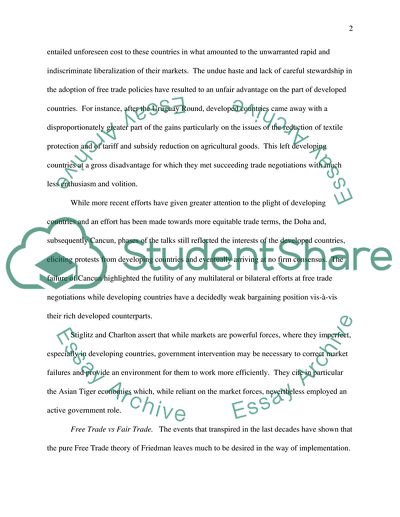Cite this document
(“Free Trade and Fair Trade Essay Example | Topics and Well Written Essays - 750 words”, n.d.)
Retrieved from https://studentshare.org/macro-microeconomics/1559054-see-instructions
Retrieved from https://studentshare.org/macro-microeconomics/1559054-see-instructions
(Free Trade and Fair Trade Essay Example | Topics and Well Written Essays - 750 Words)
https://studentshare.org/macro-microeconomics/1559054-see-instructions.
https://studentshare.org/macro-microeconomics/1559054-see-instructions.
“Free Trade and Fair Trade Essay Example | Topics and Well Written Essays - 750 Words”, n.d. https://studentshare.org/macro-microeconomics/1559054-see-instructions.


